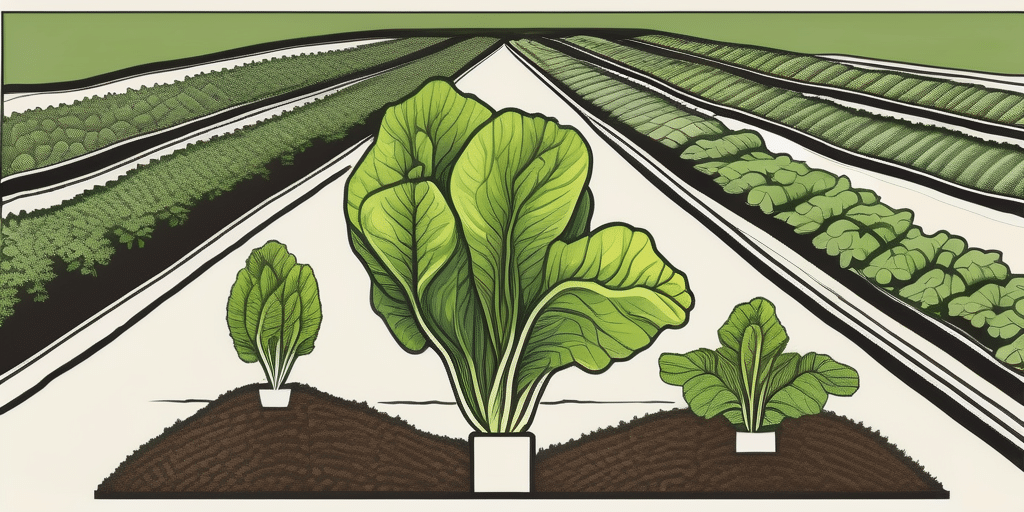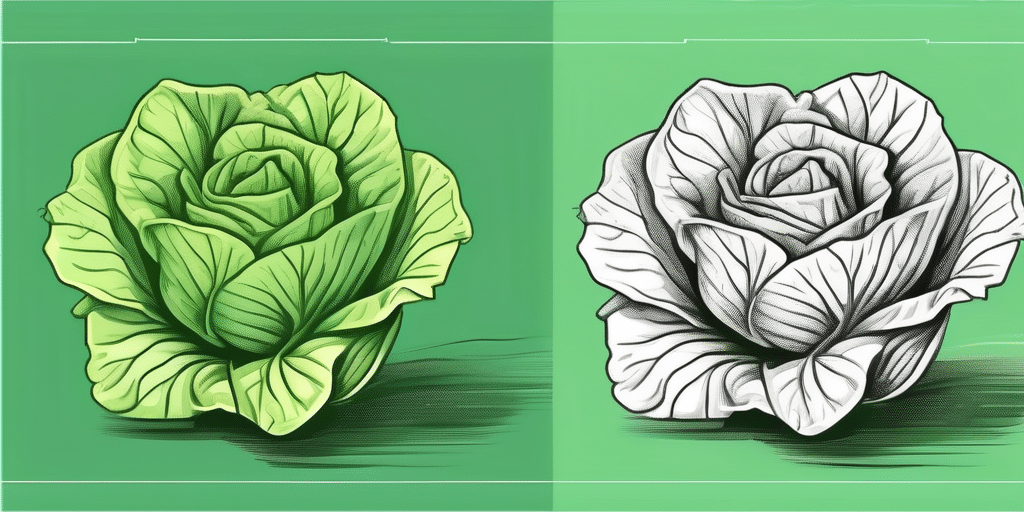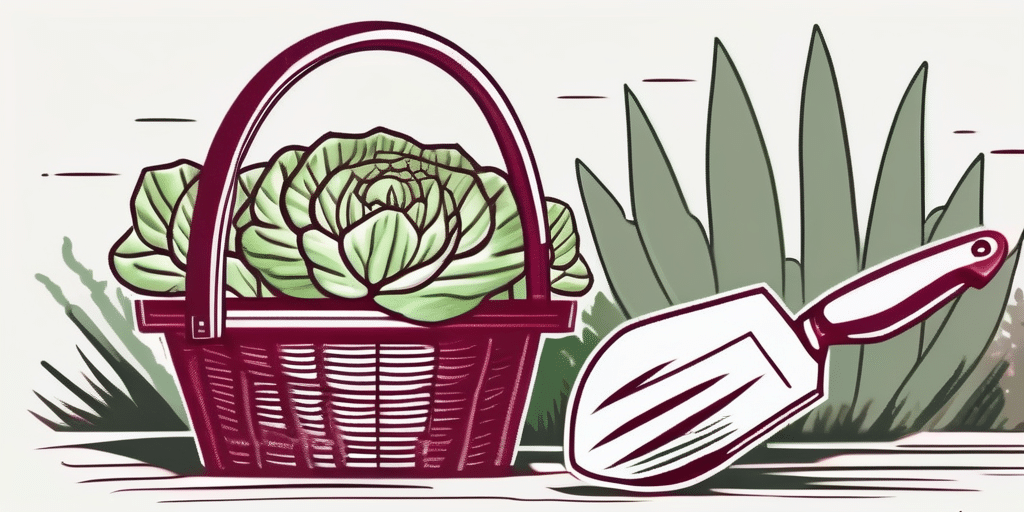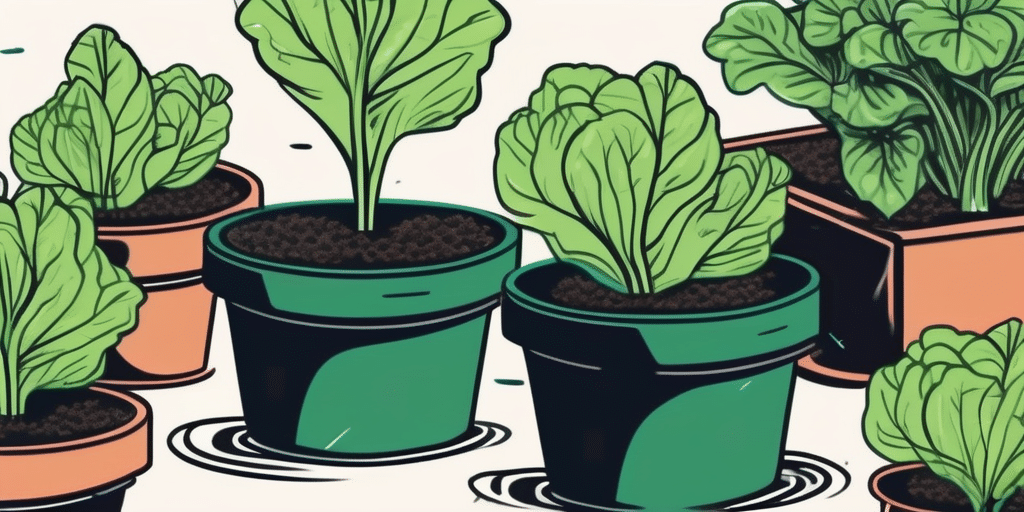Planting your own winter density lettuce can be a rewarding experience. Not only does it provide you with fresh, crisp lettuce throughout the colder months, but it also allows you to take control of your food source. This guide will walk you through the process of planting winter density lettuce, focusing on the patterns and spacing that will ensure a successful harvest.
Understanding Winter Density Lettuce
Winter Density lettuce, scientifically known as Lactuca sativa, is a semi-cos type of lettuce that is known for its ability to withstand colder temperatures. It’s a popular choice among gardeners for its compact heads and crisp, dark green leaves. The variety is also valued for its resistance to bolting, a common problem in lettuce cultivation where the plant prematurely goes to seed, reducing leaf production.
According to the United States Department of Agriculture, winter density lettuce is rich in vitamins A and K, and provides a good source of dietary fiber. It’s a nutritious addition to any winter garden.
Choosing the Right Time to Plant
Winter Density lettuce is a cold-hardy variety, meaning it can tolerate lower temperatures than other types of lettuce. However, it’s important to plant at the right time to ensure the best growth and yield.
The Purdue University Extension recommends planting winter density lettuce in late summer or early fall. This allows the plant to establish itself before the first frost, which typically occurs in mid to late fall in most regions.
Preparing the Soil
Like all lettuce varieties, Winter Density prefers well-drained soil that is rich in organic matter. Before planting, prepare the soil by adding compost or well-rotted manure. This will improve the soil structure and provide essential nutrients for the plants.
The Oregon State University Extension suggests testing the soil pH before planting. Lettuce prefers a slightly acidic to neutral pH, between 6.0 and 7.0. If the soil is too acidic or alkaline, it can affect the plant’s ability to absorb nutrients.
Planting Patterns and Spacing
Proper spacing is crucial when planting winter density lettuce. Too close, and the plants may compete for resources, leading to smaller heads. Too far apart, and you’re not making the most of your garden space.
Here are the steps to plant winter density lettuce with the correct patterns and spacing:
- Make rows that are 12 to 18 inches apart. This allows enough space for the lettuce heads to grow and for you to walk between the rows without stepping on the plants.
- Within each row, plant the lettuce seeds or transplants 8 to 12 inches apart. This gives each plant enough room to grow without competing for nutrients and water.
- Plant the seeds about 1/4 to 1/2 inch deep. Cover them lightly with soil and water well.
Following these steps will ensure that your winter density lettuce has the best chance of thriving and producing a bountiful harvest.
Caring for Your Winter Density Lettuce
Once your lettuce is planted, it’s important to provide the right care to ensure a successful harvest. This includes watering, fertilizing, and protecting the plants from pests and diseases.
Winter Density lettuce needs regular watering, especially during dry spells. The soil should be kept consistently moist, but not waterlogged. Overwatering can lead to root rot and other problems.
As for fertilizing, a balanced vegetable fertilizer can be applied every few weeks. However, avoid over-fertilizing, as this can lead to excessive leaf growth at the expense of head formation.
Common pests of lettuce include aphids, slugs, and snails. These can be controlled with organic methods such as hand-picking or using natural predators. Diseases to watch out for include downy mildew and rot, which can be prevented by proper spacing and watering practices.
Harvesting Your Winter Density Lettuce
Winter Density lettuce is typically ready to harvest 60 to 70 days after planting. The heads should be firm and the leaves crisp and dark green. To harvest, simply cut the head at the base with a sharp knife.
Remember that lettuce is a cool-season crop and will start to bolt as temperatures rise in the spring. Harvest all remaining heads when you see the central stem starting to elongate, as this is a sign that the plant is preparing to flower and the leaves will soon become bitter.
With proper planting, care, and harvesting, you can enjoy fresh, homegrown winter density lettuce throughout the winter months. Happy gardening!
Join the How to Grow Everything Community
Ready to take your gardening skills to the next level? Subscribe for free to How to Grow Everything and learn how to build the garden of your dreams! Receive personalized gardening advice tailored to your location, grow zone, and experience level. Enjoy the best gardening tips, special offers, and deals delivered straight to your inbox—100% free, from our family to yours. Join thousands of others who have already begun their journey to a greener life with our customized growing and gardening articles. Subscribe now and don’t miss out on the opportunity to grow not just winter density lettuce, but everything your heart desires!






